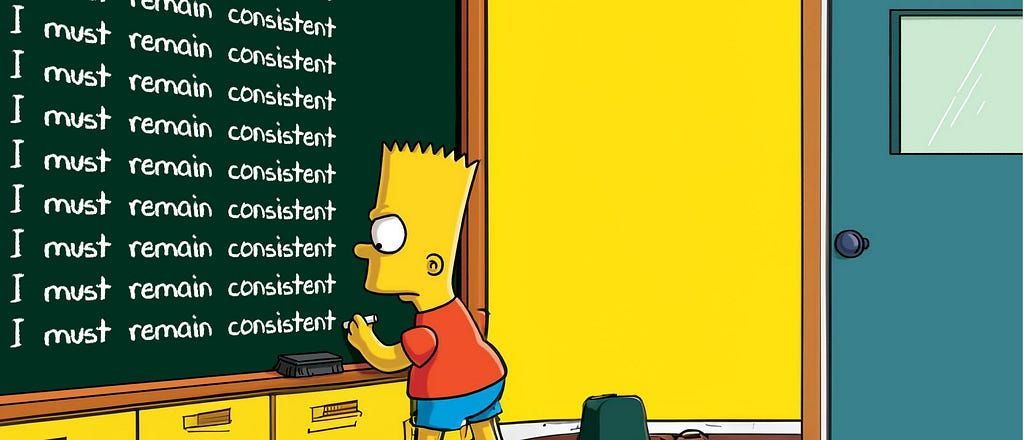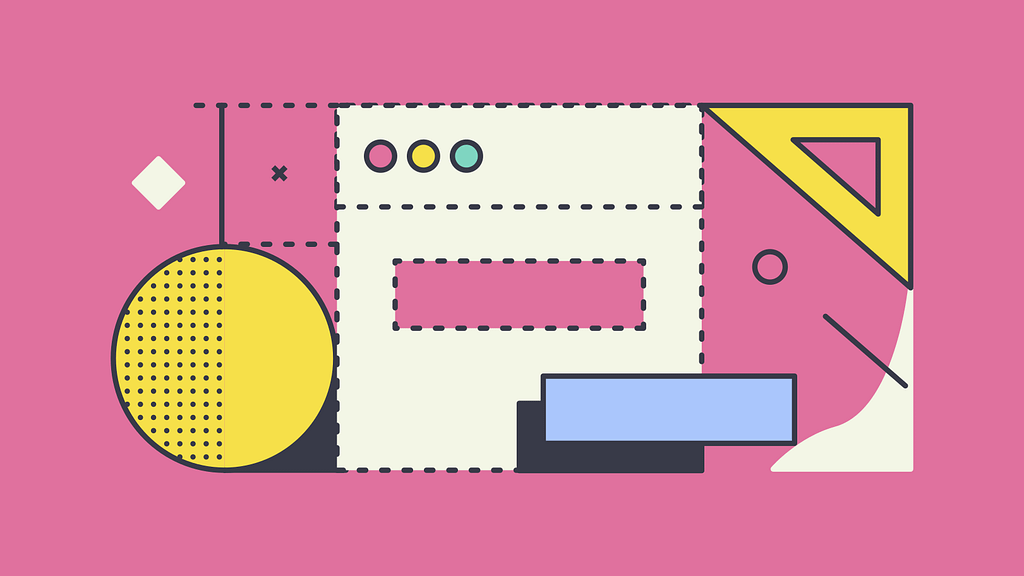Consistency in UX/UI Design: Nice to Have, Not a Must-Have?
“Users do not care about an inconsistent UI — if they can’t use the interface.”
Simonas Maciulis shared the above insight in his monthly newsletter #23, published on December 28, 2024.
This sparked a reflection on the role of consistency in UX design. While consistency is often touted as the holy grail of design principles, it’s worth questioning if it’s always necessary, especially when it starts to compromise the overall user experience.

The Myth of Consistency
The UX community often champions consistency, believing it to be the cornerstone of a seamless user experience. But let’s pause and ask ourselves, is this belief always justified? Is it possible that in our quest for uniformity, we sometimes lose sight of what truly matters — the user experience?

User Experience Over Uniformity
Imagine you’re navigating a website that adheres strictly to its design system. Everything looks uniform, but you find yourself struggling to accomplish simple tasks. This is where Simonas’ insight comes in: a perfectly consistent UI is worthless if users can’t use it effectively. The primary goal of any design should be usability.
Real-World Examples
Consider early versions of Facebook or Amazon. These platforms had their fair share of inconsistencies, yet they thrived because they prioritised user needs over strict design uniformity. Users forgave these inconsistencies because the platforms were intuitive and easy to use.
The Importance of Consistency
Consistency, when applied correctly, can enhance usability by creating a familiar environment for users. It helps reduce the learning curve and allows users to predict and understand the behavior of the interface. As Steve Krug famously said in his book “Don’t Make Me Think”…
“Conventions are your friends.”

Consistency leverages these conventions to create a smoother user experience.
The Dangers of Rigidity
Think of a design system as a recipe. Following it to the letter might not always yield the best result if the ingredients (or user needs) don’t quite fit. Being too rigid can lead to a poor user experience, much like a dish that doesn’t taste quite right because the recipe wasn’t adapted to suit the available ingredients.
Flexibility in Design
Designers should aim for flexibility. Focus on what works best for the user in each specific context, rather than adhering strictly to a design system. This is what we can call “contextual consistency” — maintaining consistency where it makes sense, but being willing to adapt when it benefits the user experience.
Practical Tips for Designers
- Use Consistency as a Guideline, Not a Rule : Treat your design system as a flexible framework rather than an unbreakable rulebook.
- Test with Real Users : Regular usability testing can reveal when consistency is hindering user experience rather than helping it.
- Prioritise Usability : Always prioritise user needs and usability over strict adherence to design systems.

Conclusion
In the end, the best designs are those that serve the user effectively. Consistency is nice to have, but it should never come at the cost of usability. As we design, let’s keep in mind Simonas Maciulis ’ wisdom and strive for flexibility, prioritising what truly matters — a seamless and intuitive user experience.
Consistency in UX Design: Nice to Have, Not a Must-Have was originally published in UX Collective on Medium, where people are continuing the conversation by highlighting and responding to this story.
More articles...






